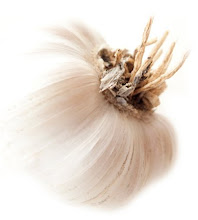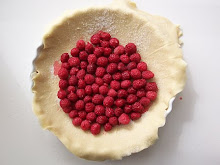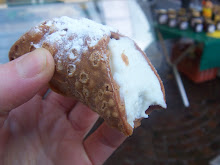
Rolling the ring of a phone through his beak I imagine his desire to be talked to, and answered back. Meows of an abandoned kitten is the sound of loneliness and neglect, whilst the whistles of a construction worker are his call for the attention he so desperately seeks. Perhaps I'm reading too much into it.
I had yet to break the oven. As in ‘bake a yeast dough pastry’ that will fill the house with the aroma of home, so I spent this morning baking a Brunsviger, a sweet yeast pastry that is part of the Danish family of pastries.
Resembling a foccacia, it has a chewy thin yeast crust and a sugar- butter topping. The freshly baked crust has a bouncy, elastic tension, its a chewy and mildly sweet yeast bread that does a great job in balancing out the sugar- butter topping. The dark topping is where the goodness lies, all moisture and comfort. It is so simple to make, requiring little ingredients and a lot of butter. I have only started, as I clearly need to experiment with other, less traditional toppings.

Brunsviger
Adapted from a recipe by Trina Hahnemann
(8- 10 slices)
Ingredients
250 grams (1 ¾ cup) flour
1 Tbs Sugar
A pinch of salt
75 grams cold, good-quality butter
140 ml lukewarm milk
25 grams fresh yeast
Topping
50 grams butter
50 grams brown sugar
In a bowl, mix the flour, sugar and salt.
Cut the butter into small squares, add to the flour mixture and work it with your hands until the dough reaches the consistency of sawdust. Add the yeast into the lukewarm milk, stir it and pour into the dough.
Knead the dough well and add a little flour if it is too sticky to handle.
Cover the dough with a cloth and place in a warm place to proof for 30 minutes.
Preheat the oven to 200°C and line a a brownie tray with a baking sheet.
Roll the dough out onto the tray and stretch it into place with your fingers. With your fingers dimple the dough, making holes for the sweet syrup.
Melt the butter and brown sugar in a saucepan. When the mixture is bubbling pour it over the dough and bake for 20-25 minutes. You will know its ready when the crust is golden and the house will smell amazing (You might want to line the bottom of the oven with a baking sheet to avoid a sticky mess situation).
Remove the Brunsviger from the tray and allow to cool before serving.
Slice and serve fresh with coffee (or you can keep it in an airtight container in the freezer).






























